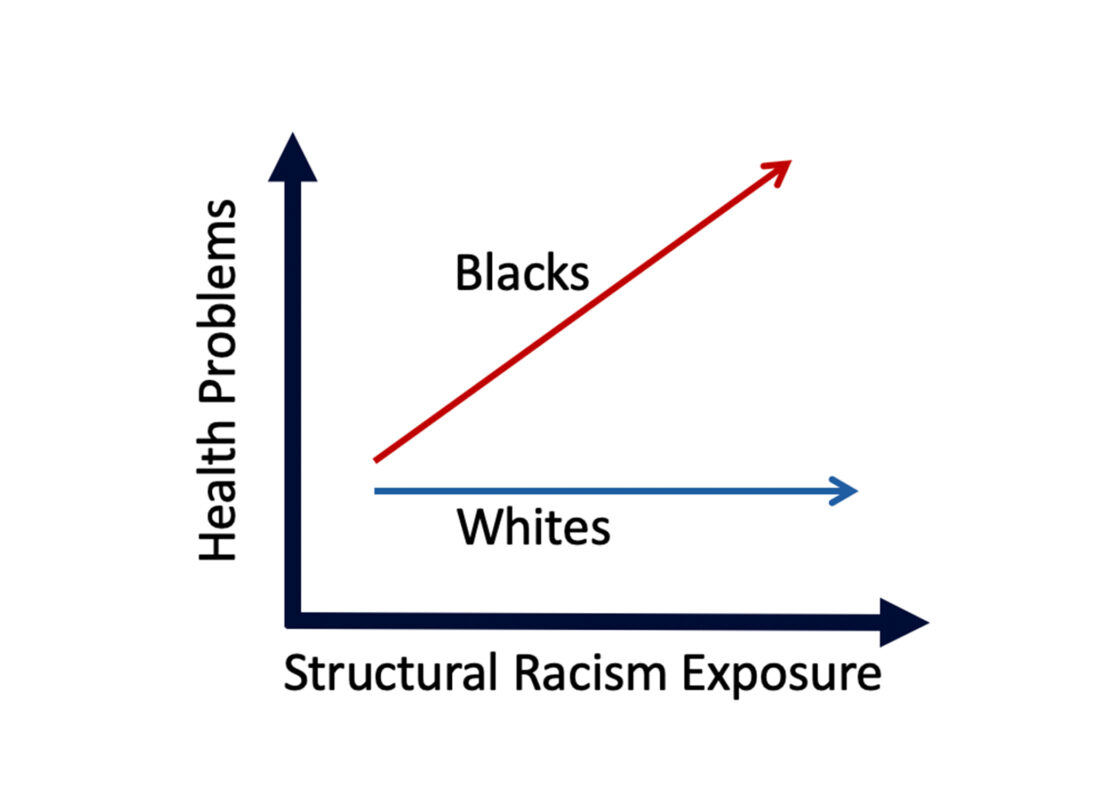Structural Racism and Health Stratification in the U.S.: Connecting Theory to Measurement
This study distills the central tenets of existing race theory to create a new system for measuring structural racism as it is expressed at the state level in the U.S.
Summary:
While there is ample literature examining racial health disparities, few have attempted to measure their root cause: structural racism. As racism works at the institutional level as well as the individual level, research on health disparities must address structural factors. This study distills the central tenets of existing race theory to create a new system for measuring structural racism as it is expressed at the state level in the U.S.
Brown and Homan then apply this measure—which accounts for the multifaceted, interconnected, and institutionalized nature of structural racism—to test how it is associated with health. Factors considered in their novel measure include income, home ownership, educational attainment, political participation, residential segregation, and inequalities in incarceration.
Results reveal that, although structural racism is pervasive across the country, there is considerable variation in structural racism across states. It is especially severe in Midwestern and Northeastern states, consistent with prior research; this may be due in part to the history of racist policies enacted in response to the Great Migration, the movement of Black populations to these areas during the early and mid-twentieth century.
Across five health measures—self-rated health, body mass index, functional limitations, depression symptoms, and poor mental health days—higher levels of racism were associated with worse outcomes for Black people. There was no significant correlation between white people’s health and the level of racism in their state except in the measure of poor mental health days: higher levels of racism were associated with a slightly lower rate of poor mental health days for white people.
Brown, Tyson H., and Patricia Homan. 2024. “Structural Racism and Health Stratification: Connecting Theory to Measurement.” Journal of Health and Social Behavior 65(1):141–160.

